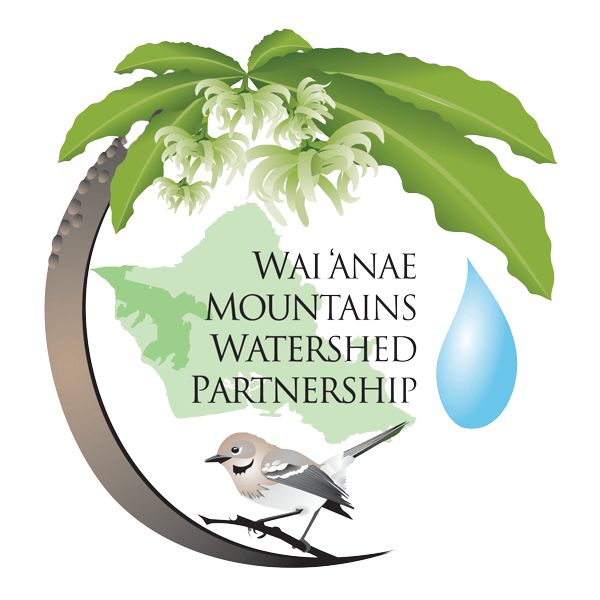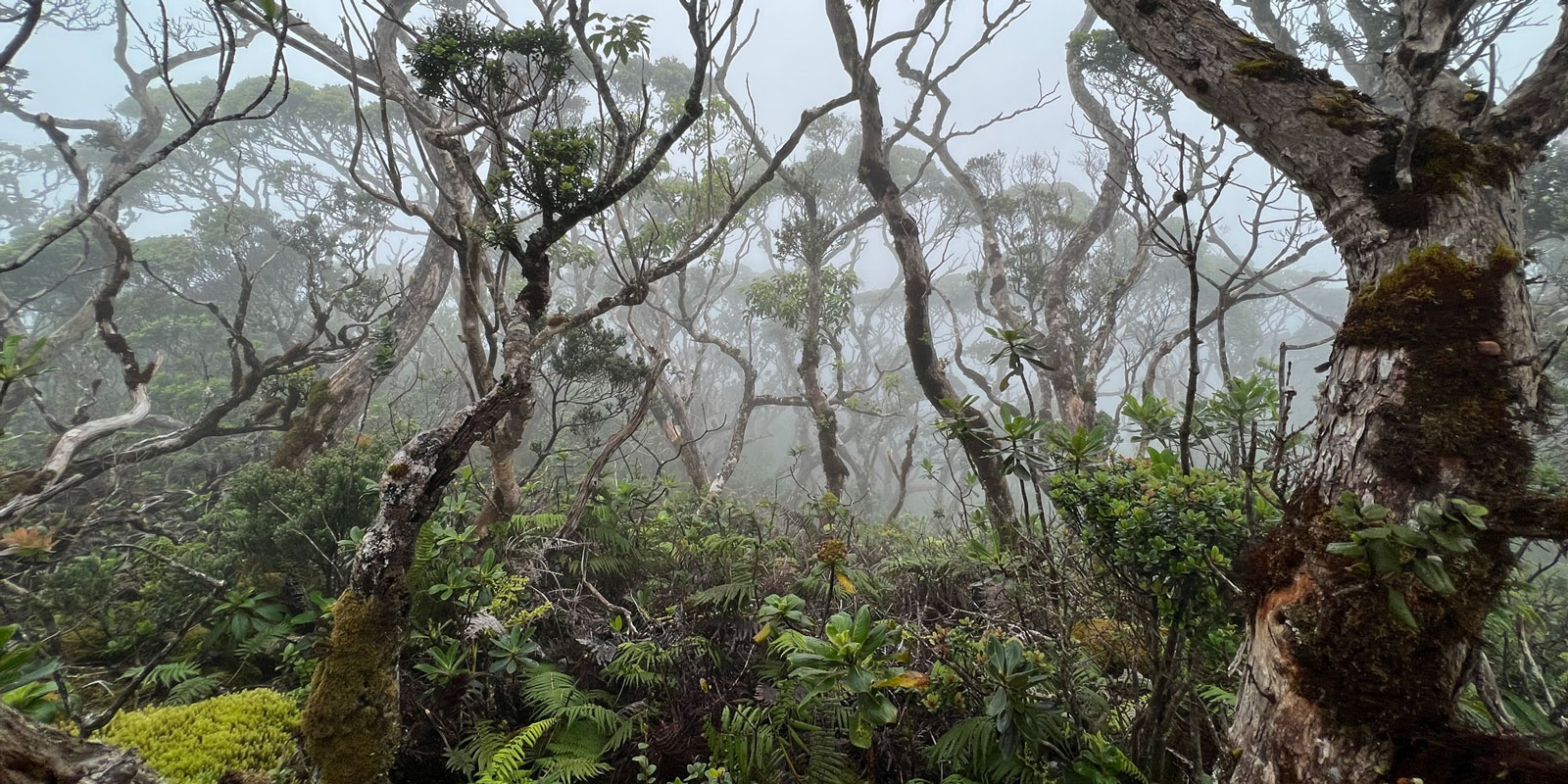
Making a Critical Difference
The Watershed Partnerships have a proven track record of on-the-ground management that has led to results oriented protection and restoration of forested watersheds through fencing and ungulate removal, invasive species control, native outplantings, and outreach and education involving schools and communities.
Much of this success can be attributed to having committed partners, dedicated staff and leadership, directed management plans that prioritize threats and actions, effective organizational structures which insure dollars go directly to projects, and passionate volunteers and community support. To date, combined partnership success includes:
- 300,000 acres managed for feral ungulates and destructive invasive species;
- Planted 100,000 native and endangered plants for forest restoration;
- Engaged 7,000 volunteers including community members, teachers, and school groups in projects;
- 40 plus miles of protective forest fence completed.
- $12 million in private and federal funds leveraged to support local jobs and businesses since 2006
To learn about major accomplishments read below or visit individual Watershed Partnership pages.
East Maui Watershed Partnership
- Constructed and maintain over 6 miles of boundary fence which protects a 7,000 acre core of forested watershed from ungulate ingess.
- Installed 21 ungulate and invasive weed transects that are monitored quarterly.
- Controlled a 16 acre Kahili ginger infestation in a remote portion of Wailuanui drainage as well as additional habitat-modifying invasive weed populations of Clidemia, Palm grass, Tibouchina, blackberry, Pampas grass, and Andropogon
- Provide hands-on classroom presentations and lead guided hikes to thousands of Maui school children and community members as well as host innovative conservation outreach initiatives including an annual native species juried art contest Mālama Wao Akua.
- Manage The Nature Conservancy’s 5,000 acre Waikamoi Preserve.
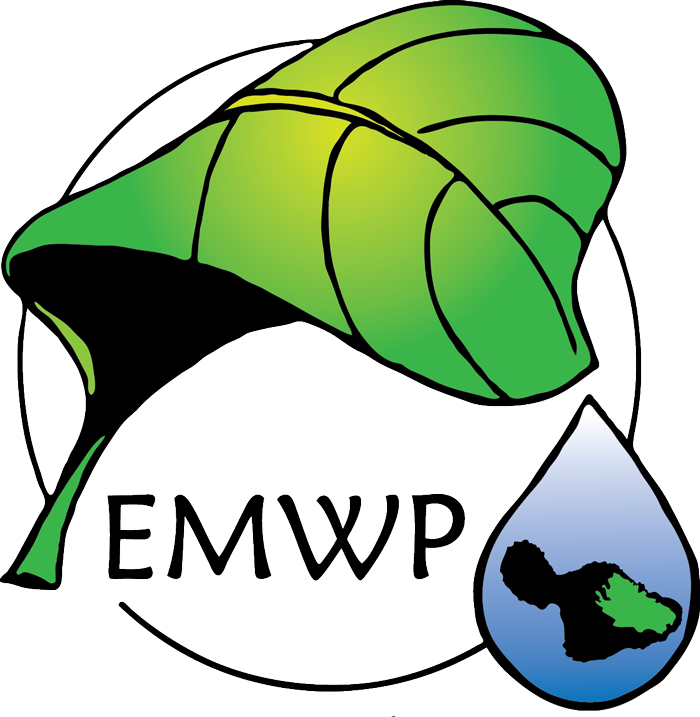


East Moloka‘i Watershed Partnership
- Development of Vegetation Monitoring system, “Molokai Understory Monitoring” (MUM) in 2006. Currently there are 5 “MUM” transects that help track “coarse or vital sign” health of the native forest systems of the EMoWP.
- Fences completed: 2000, Kamalo/Kapualei-5.5 miles; 2007 Kawela-2.8 miles; Makolelau-.8 mile; Kapualei East Bounday-2.3 mile (in progress)
- In 2007, developed Aerial Goat survey method for south slope. The annual survey is critical in showing goat population trends as control programs are implemented.
- 2003 helped formed the Molokai Fire Task Force. The EMoWP/TNC facilitates the quarterly meetings. The Task Force has become a model for the formation of fire task force in Maui County.
- In 2005 through a USFWS grant, improved Kawela Plantation mountain access roads (Unit 1, 2 & 3) to help improve access for management activities, hunter access and for fire break (Unit 3). In May of 2009 improved and widened Unit 3 road for fire access and fire break purposes. Unit 3 road stopped the 2009 wildland fire from moving east
- Since 1999, has co-sponsored the annual Molokai Earth Day Celebration. The event brings together local conservation partners who share their projects through interactive displays. The event annually draws 1,000 people and that coincides with the national earth day.
- Since 2001, the EMoWP has assisted and supported the USGS’s “Ridge to Reef” Studies at Kawela the link erosion on watersheds to impacts on the adjacent fringing coral reef. The studies have 4 components: Vegetation mapping & monitoring; erosion monitoring and calibration; intermittent stream flow and quality; and coral reef mapping and sedimentation impacts.
- Formed the Molokai subcommittee of the Maui Invasive Species Committee (MoMISC) in 2002. Today, EMoWP facilitates/host quarterly MoMISC meetings.

Kaua‘i Watershed Alliance
- Preparing protective fencing for core Alaka’i watershed area, most current project will protect approximately 2,000 acres
- Over 2,000 acres managed for priority invasive weed species of Kāhili ginger and Australian Tree Fern (Alaka’i Wilderness Preserve and WainihaValley)
- Protected last remaining lowland bog ecosystem found in the State
- Developing cost effective, cutting edge technologies for high elevation remote sensing and mapping of targeted invasive weeds such as Australian Tree Fern
- Developing and refining technologies for invasive weed control in remote and inaccessible terrains
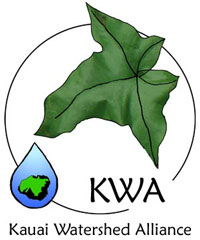
Kohala Watershed Partnership
- Completed fencing to protect 520 acres of forested watershed that is home to a rare native tree snail found no where else but in Kohala
- Collected thousands of native seeds and fruits, which are being propagated and outplanted to restore the vegetation on two stream corridors
- Engaged more than 70 students in nature day camps, teaching ecological concepts and watershed stewardship
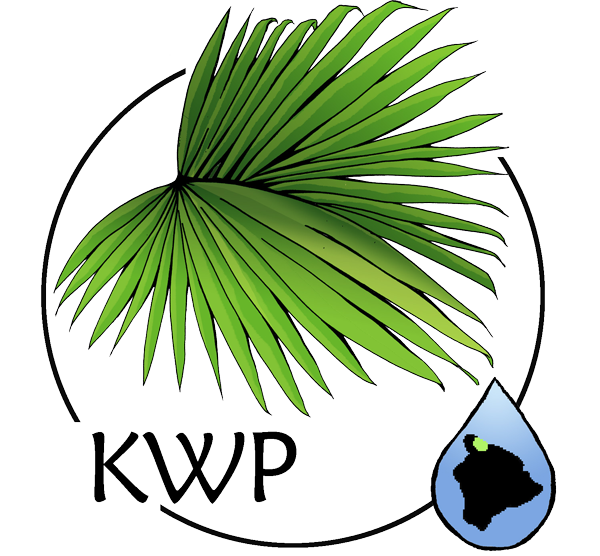
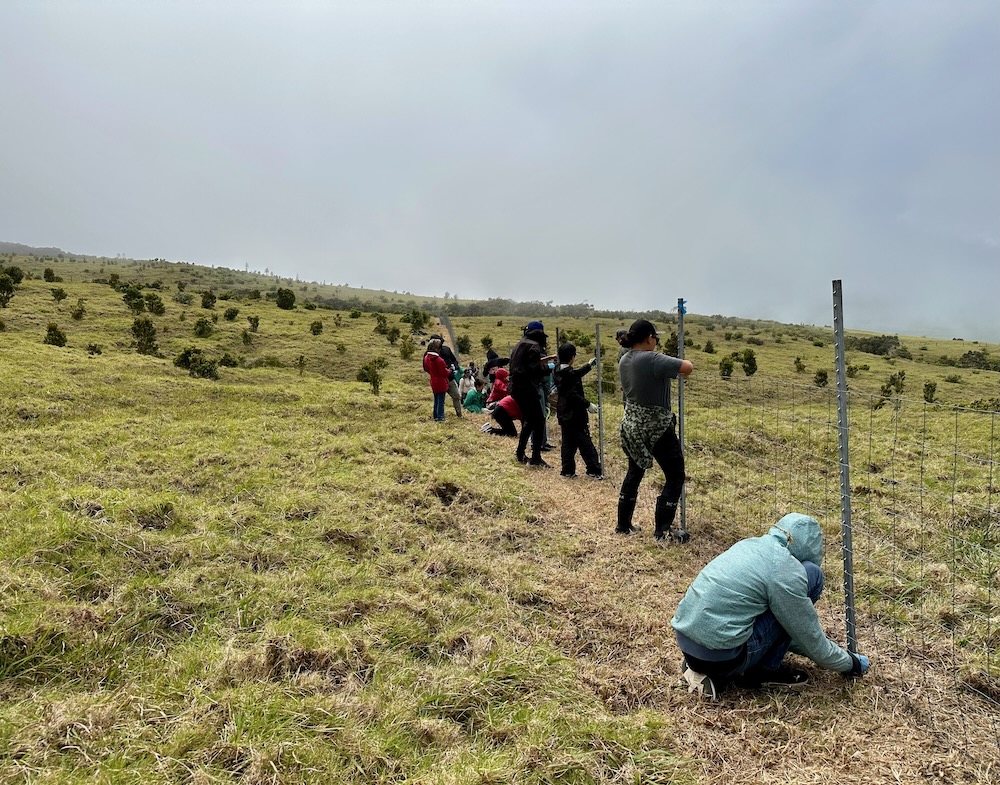

Ko‘olau Mountains Watershed Partnership
- Engaged over 200 volunteers in projects
- Have surveyed over 85% (or 18,000 acres) of the Ko’olau high elevation range areas to identify and prioritize invasive weed management and removed over 31,000 weeds from summit areas
- Outplanted over 22,000 native plants for native forest restoration and post-wildfire burn areas and rehabilitated 86 acres of summit back to native forest
- Created 200 acres of fenced protected area for nine rare and endangered plants and an endangered snail
- Expanded partnership boundary to include and recognize the importance of riparian areas
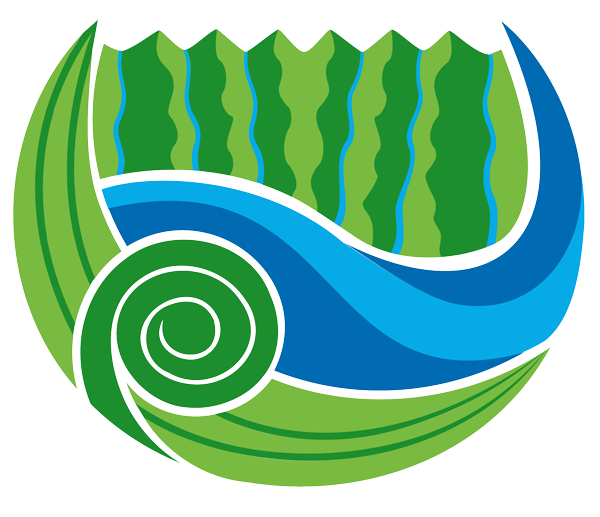
Leeward Haleakala Watershed Restoration Partnership
- Planted 102,552 native plants to restore unique, diverse forests of leeward Haleakalā
- Engaged over 4,176 volunteers, and 131,344 volunteer hours contributed to restoration efforts, including Hawaiian students, local and visiting school groups, cultural groups, and special interest groups
- Cleared over 3,672 acres of priority invasive tree species such as bocconia, Christmas berry, and silk oak from southern Haleakala
- Created four demonstration exclosures across Haleakala’s leeward slope to develop effective regional restoration techniques
- 6.8 miles of fenceline completed to protect the watershed in Nu’u-Kaupo. An additional 9 miles of fence routes prepared at Department of Hawaiian Homelands- Kahikinui as part of a larger collaborative effort with the State of Hawaiʻi to protect 7090 acres and of native watershed, including the last intact koa forests on southern Haleakala. The first 2.3 mi section of this fence will be completed in June 2012.
- Maintain 3,672 acres of native dryland and koa forest in protected exclosures, with another 4.420 acres to be protected in Kahikinui.
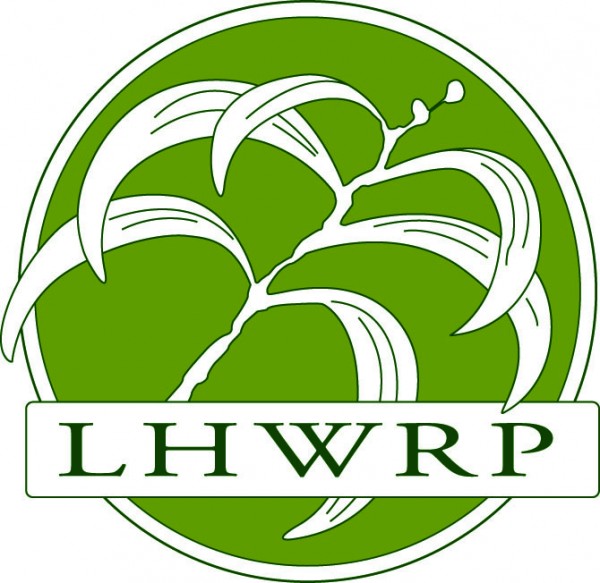
Mauna Kahālāwai
- Protecting 17,989 acres of watershed with 17 miles of ungulate fence
- Manage The Nature Conservancy’s Kapunakea Preserve
- 104 miles of perennial streams protected behind fence
- Begin to reduce over 12 kilometers of illegal dirt bike trails with barricades to reduce impacts on native forest
- Directly engage over 200 members of the community in work and moving to increase participation by initiating an interpretive hike and volunteer program
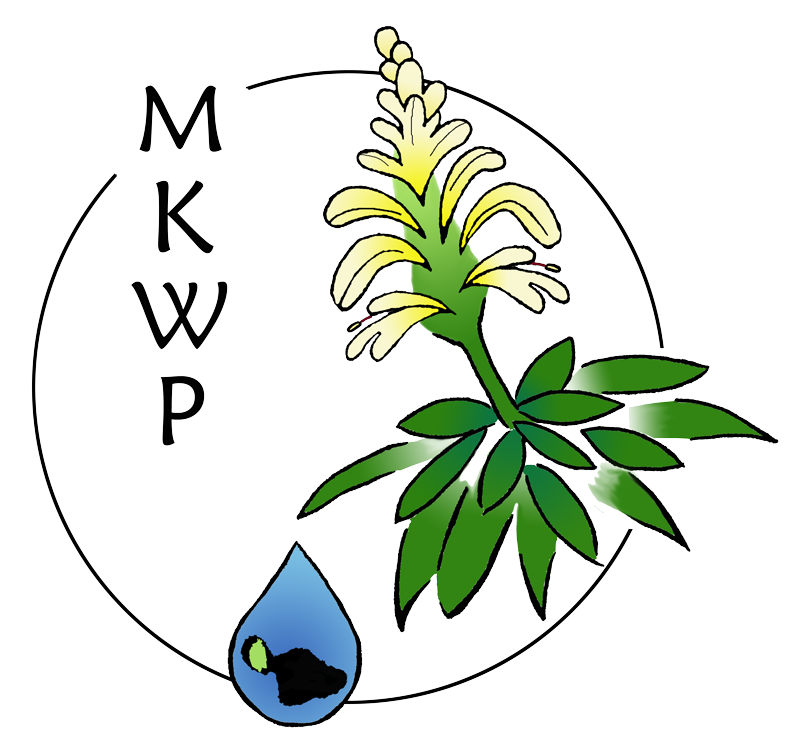
Mauna Kea Watershed Alliance
- More information coming soon
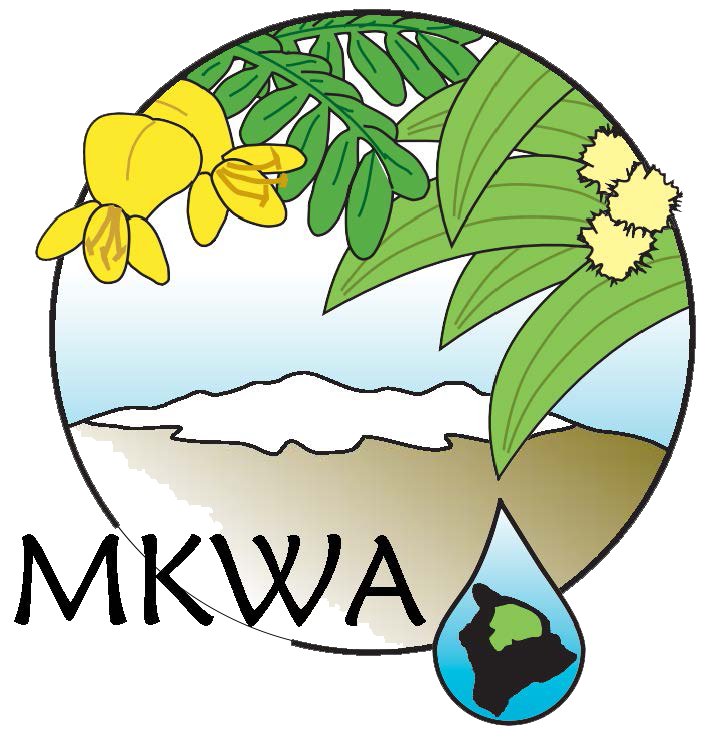
Three Mountain Alliance
- Cooperatively manages over 230,000 acres of state, federal and private lands through protective fencing and feral ungulate control, which include some of the best quality native forests home to 3 endangered forest birds and 25 species of endangered plants
- Restored eight species of endangered plants (over 6,000 individuals) in ungulate-free areas
- Planted over 8,000 common native plants to reforest former ranch land
- Reached over 270 teachers in two years of focused teacher workshops centered on native habitat and ecosystem subject areas
- Engaged over 250 local students and community volunteers in field seminars and service projects such as weed control, seed collection, and planting rare native plants
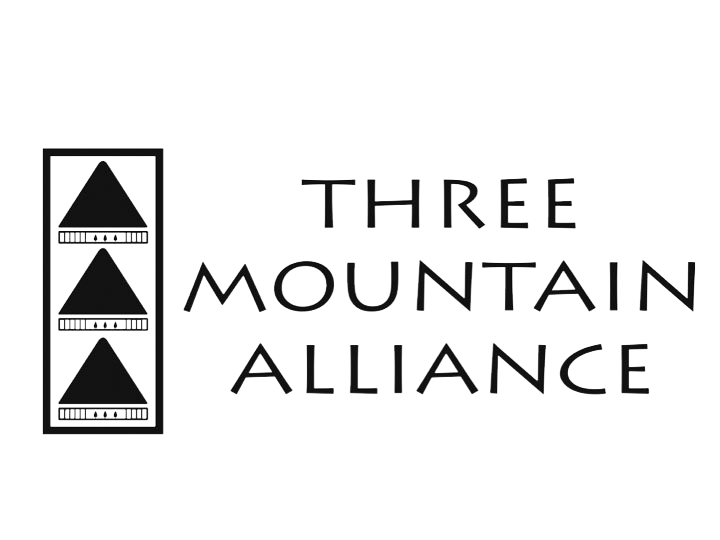
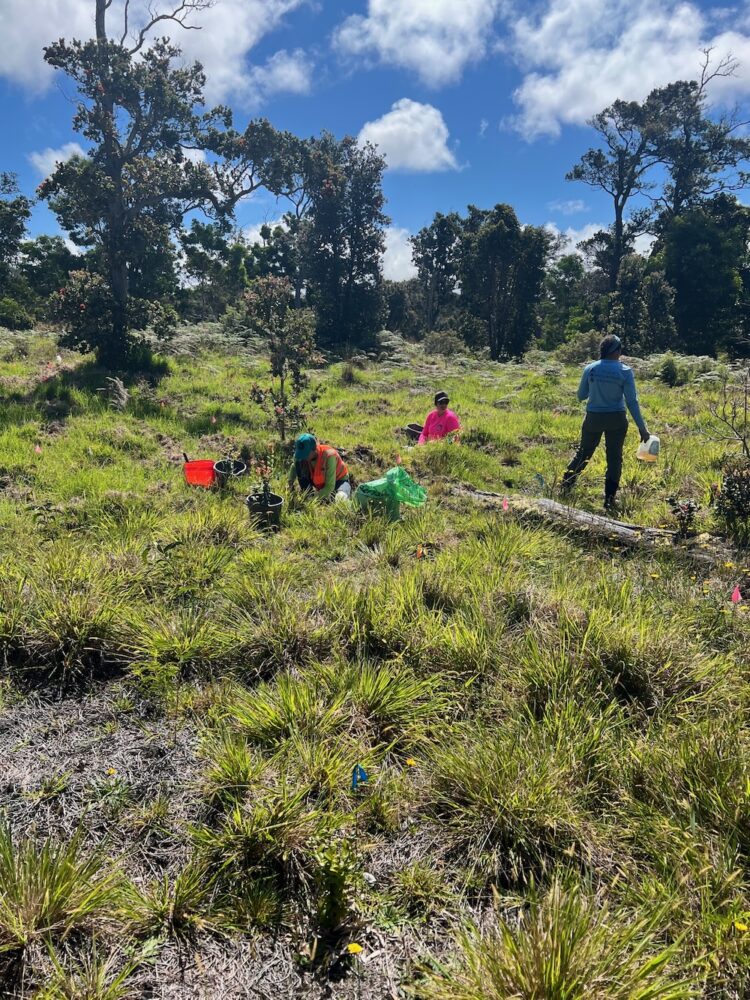
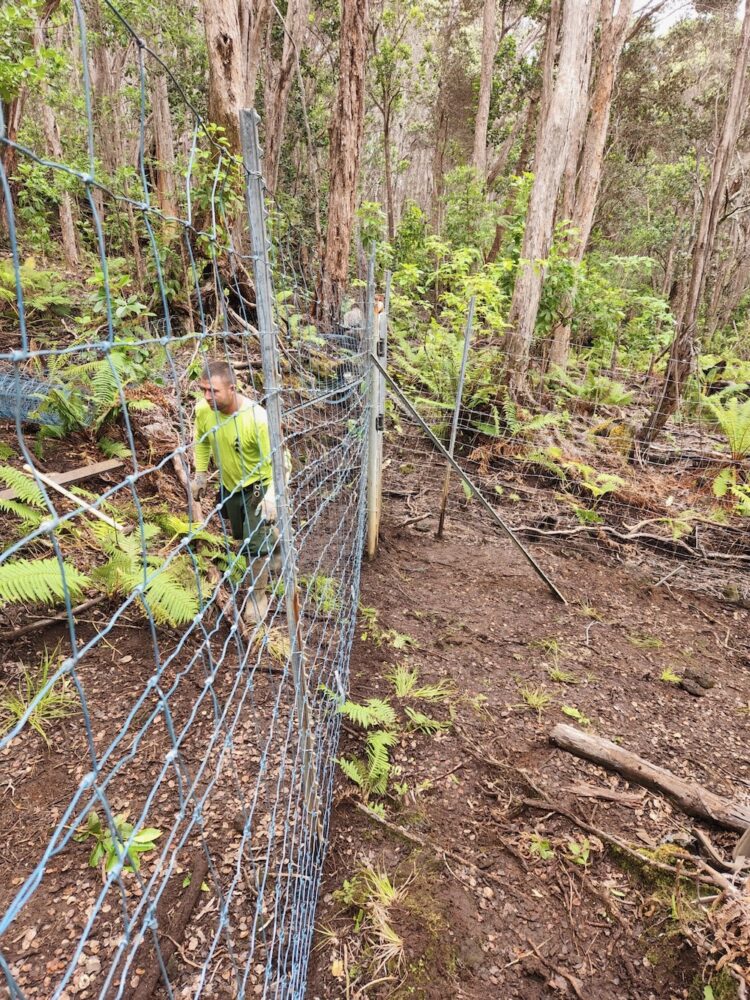
Uhiwai o Haleakalā
- More information coming soon

Wai‘anae Mountains Watershed Partnership
- More information coming soon
